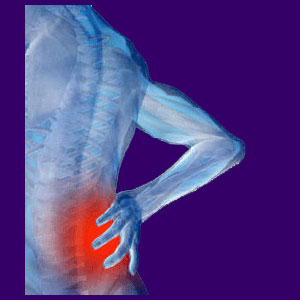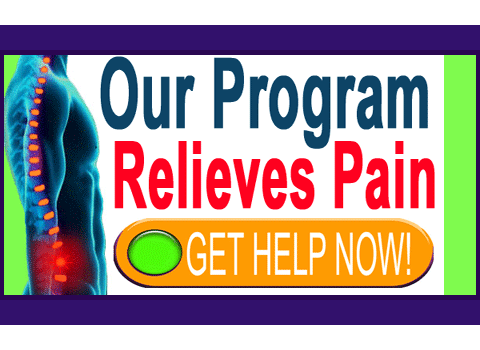
Lower back and hip pain is a very common combination of symptoms which may prove challenging when it comes to achieving an accurate diagnosis. In some cases, pain in multiple areas of the anatomy may be related, but in others, there may be two or more distinctly different reasons for symptoms to exist.
In virtually every case of back and hip pain, the blame is placed on some structural issue in the lumbar spine, hip joint or sacroiliac joint. While this can certainly be the real source of suffering in some patients, a great number cases of combination back pain and hip pain are due to non-structural issues, such regional oxygen deprivation.
This article examines the incidence of combined low back and hip symptoms, as well as the causes of these pain conditions.
Lower Back and Hip Pain Symptomology
Lower back and hip symptoms typically include acute soreness in one or both areas, which can occur unilaterally in most sufferers or bilaterally in rare cases. Some patients also report sciatica symptoms which radiate into the leg or feet on the affected side(s).
Many patients consider the back pain to be worse, while others are consumed with the hip pain. Statistically, about half of all affected patients are diagnosed with hip issues as the major source of pain, while the other half are diagnosed with spinal issues or back muscle conditions suspected to be sourcing their suffering. The deciding factor in which group a particular patient falls into usually is determined by the area they feel hurt more, as well as evidence which is collected during diagnostic imaging studies, such as spinal MRI and hip x-rays.
Lower Back and Hip Concerns
The lower back and hip are closely related anatomical regions, in both functional use and proximity. This can make structural issues in one area prone to affect the functionality of the other, especially when the structural issue resides in the lower back.
However the close proximity also makes oxygen deprivation the ideal condition to affect both areas simultaneously. Dr. John Sarno has written extensively on the great number of patients diagnosed with trochanteric bursitis or osteoarthritic change in the hip joint who turn out to be suffering from ischemia and not any structural issue at all. I must concur that this reflects much of my own experience corresponding with thousands of diagnosed patients.
Lower Back and Hip Pain Considerations
The hip, like the shoulder, elbow or knee, is a joint implicated in being involved in a great many pain syndromes. Typically doctors blame arthritic changes in these joints, despite the virtual universality of degenerative changes in the human anatomy and the simple fact that treatment is usually unsuccessful.
Countless patients eventually undergo hip or spinal surgery and almost always fall into one of two possible categories:
Those who find relief, but suffer a relapse of pain in a related location
Those who find no relief at all.
Surgery often falls short of providing a long-term cure for pain in the hip or spine.
I caution all patients to research their diagnostic conclusions carefully before acquiescing to surgical intervention. To neglect this responsibility places you into the most risky category of patient care… those who are led to the operating table and sometimes suffer dire consequences. Be an educated patient and take an interest in your own treatment. This is the best way to ensure that your therapy will be successful and the very real chance for misdiagnosis will be greatly reduced.
A worthy note of addendum: Dedicated hip surgeries are generally far more successful than spinal procedures.





